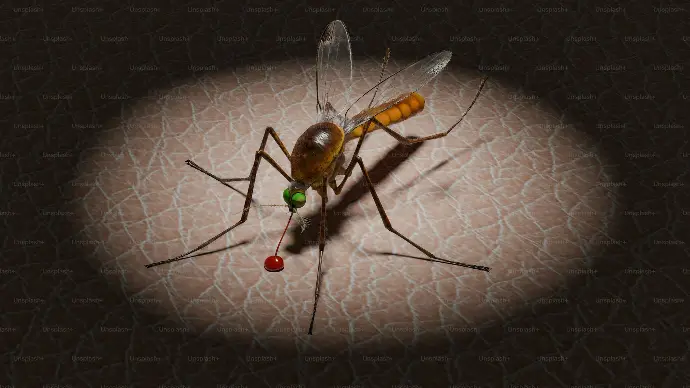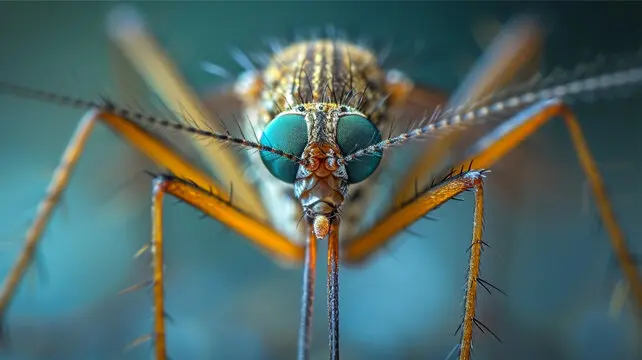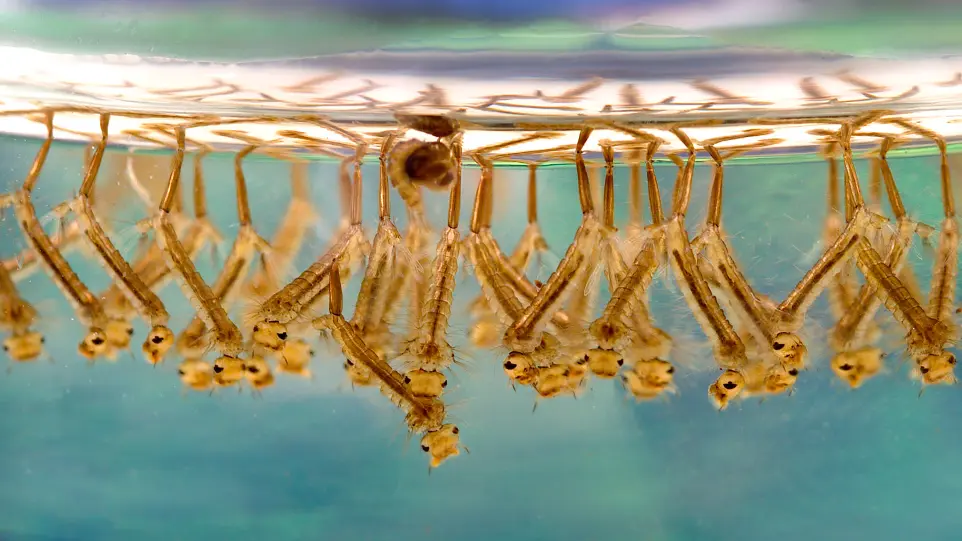Say Goodbye to Bites: Your Ultimate Defense Against Mosquito Menace!

Mosquitoes (Culicidae)
Size: 2–10 mm, depending on species
Color: Typically gray, black, or brown
Body Shape: Slender, elongated body with long legs
Wings: Thin, membranous wings capable of quiet flight
Eyes: Large, prominent, and dark
Antennae: Long, thin, and highly sensitive to movement and scent
- Females are the primary culprits for biting
- Presence of a proboscis (long, tube-like mouthpart)

Feeding Preferences
Mosquitoes primarily rely on consuming liquid sustenance to survive. They are drawn to the scent of warmth and moisture, with a particular preference for the natural compounds found in sweat and body heat. In residential settings or areas of food preparation, they are attracted to exposed skin and places where humans are active, especially during dawn or dusk. Additionally, they can locate their targets by sensing carbon dioxide and other organic traces in the air. Keeping living and working spaces clean and minimizing standing water can limit their ability to find and feed efficiently.

Habitat
Mosquitoes thrive in areas with standing water, as it provides a place for their larvae to develop. In densely populated areas, they are commonly found in discarded containers, clogged gutters, flowerpots, birdbaths, or any other spots where water collects and remains stagnant. They also seek out shaded, damp spaces during the heat of the day, often near vegetation, gardens, or sheltered corners close to human activity. Urban spaces with poor drainage, improperly maintained waste areas, and water accumulation from construction sites offer ideal conditions for their presence. Regular elimination of these areas can significantly reduce their breeding opportunities.

AIR Approach for Mosquitoes:
- Assess: Inspect your property for potential mosquito breeding sites, such as standing water in containers, gutters, and low-lying areas. Assess the severity of the infestation by noting mosquito activity and identifying areas where they may be breeding.
- Implement: Use targeted treatments such as larvicides to treat standing water, insecticides to reduce adult mosquito populations, and mosquito repellents. Eliminate or regularly clean potential breeding sites and reduce standing water around your property.
- Review: Regularly monitor your property for mosquito activity and continue preventive measures such as maintaining clean gutters, using mosquito nets, and employing outdoor mosquito traps. Make adjustments to treatments and practices as needed to prevent future infestations.
Frequently Asked Questions
Using repellents, installing nets, and eliminating standing water are effective methods.
Look for areas with stagnant water, such as old tires, flowerpots, or clogged drains.
Yes, they are most active during dawn and dusk but can also bite at other times.
Yes, certain mosquito-borne diseases can affect both humans and animals.
Depending on species, their lifespan ranges from 1 week to several months.
Yes, factors like body heat, sweat, carbon dioxide levels, and skin odor can increase attraction.
Yes, they thrive in warm, humid conditions and may be more active after rainfall.